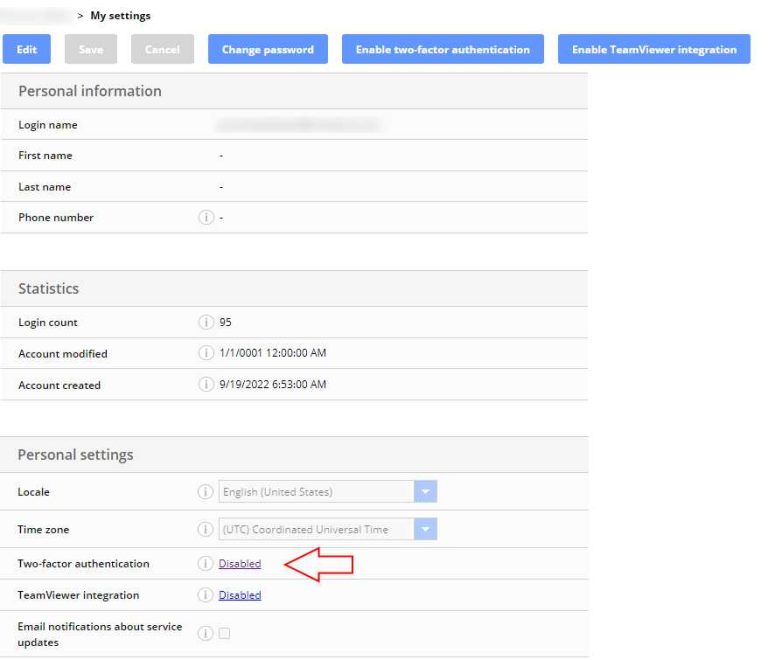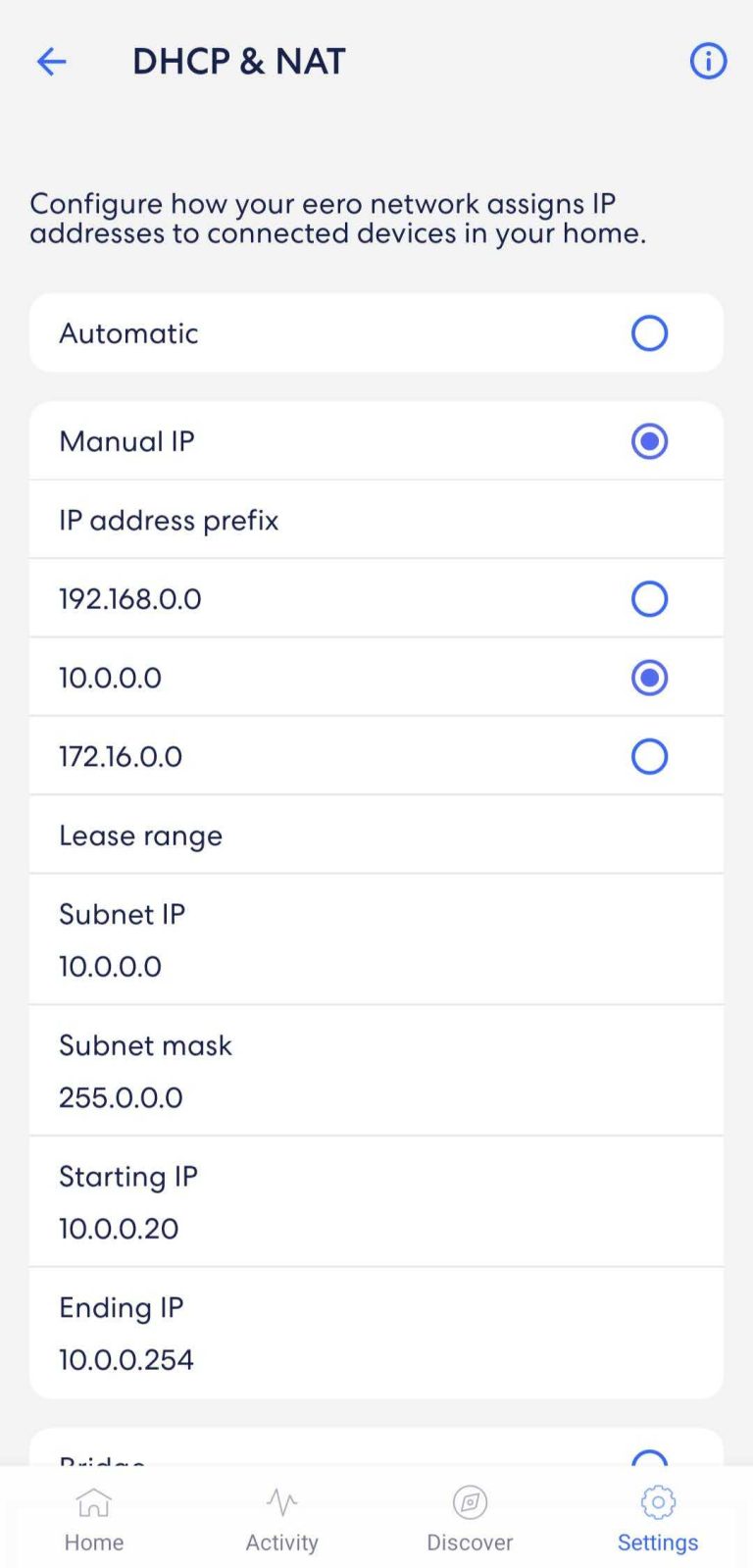To make the most of your video calls, use apps that automatically adjust video quality based on your internet connection, ensuring smooth and clear communication even with fluctuating bandwidth. These apps analyze your network in real-time and optimize the video stream, reducing lag and interruptions without user intervention. Simply enable the auto-adjust feature in the settings, and enjoy seamless conversations wherever you are.
In short, to use video call apps with auto-adjusting quality, select platforms that offer adaptive streaming, enable the auto-quality toggle, and ensure your internet connection remains stable. These features work behind the scenes to enhance your calling experience, offering the best possible video quality without manual adjustments.
When it comes to staying connected with friends, family, or colleagues, the key is having a reliable video calling app that can adapt to changing network conditions. Many popular apps now come with smart features that automatically tweak video resolution and bitrate, so you don’t have to worry about freezes or poor image quality during important calls. Getting started is simple—just choose a compatible app, turn on the auto-quality setting, and make sure your internet connection is stable. With these smart tools, you’ll enjoy clearer, more consistent video calls every time, no matter where you are or how your network fluctuates.
How to use video call apps that auto-adjust quality
Understanding Auto-Adjusting Video Quality
Video call apps with auto-adjusting quality change their video resolution based on your internet speed. When your connection is fast, they provide high-quality video for clear images. If your internet slows down, they automatically lower the quality to prevent freezing or disconnections.
This feature helps keep your call smooth and uninterrupted, even when network conditions are not ideal. It makes video calls more reliable, whether you’re using Wi-Fi or mobile data. Recognizing how this works helps you get the most out of your apps.
How Auto-Adjusting Technology Works
Auto-adjust technology uses algorithms that analyze your internet performance during a call. These algorithms determine the optimal video quality that your connection can support. If the network becomes congested, the app reduces the resolution automatically.
Conversely, when network conditions improve, the app boosts the video quality. This dynamic adjustment balances video clarity with call stability. Most major video call apps, like Zoom, Skype, and WhatsApp, utilize this technology.
Why Auto-Adjusting Video Quality Matters
Auto-adjusting features prevent frustrating video freezes that happen when your internet speed cannot handle high quality. It ensures you stay connected even during network fluctuations. This way, your conversations remain clear and seamless without needing manual adjustments.
Additionally, it helps conserve bandwidth, which can be especially useful on mobile data plans. Users experience fewer disruptions and better overall call quality. It’s an essential feature for anyone relying on video calls regularly.
Steps to Enable Auto-Adjusting Video Quality
Most apps have this feature enabled by default, but checking your settings can optimize performance. Here’s how to do it for popular platforms:
- Zoom: Go to Settings > Video > Enable “Adjust for low light” and “Touch up my appearance” (these affect video quality). Also, check in Settings > Video > “Optimize for low bandwidth” to activate auto-adjustment.
- Skype: Click on Settings > Audio & Video, then turn on “Automatically adjust microphone sensitivity” and “Automatically adjust camera settings.”
- WhatsApp: Video quality is optimized based on network automatically, but ensure your app is updated for best performance.
Checking these settings helps ensure the app uses auto-adjust technology effectively. Updating your app regularly also maintains compatibility with the latest features.
Tips to Improve Video Call Quality with Auto-Adjust Features
Even with auto-adjust enabled, you can take steps to optimize your experience:
- Connect via Wi-Fi whenever possible. Wi-Fi provides more stable bandwidth than mobile data.
- Close other applications that use internet bandwidth. Reducing background activity frees up bandwidth for your call.
- Position yourself close to your Wi-Fi router. This reduces signal loss and improves connection stability.
- Update your app regularly. Developers often improve auto-adjust algorithms and fix bugs in updates.
These simple actions support the app’s ability to auto-adjust effectively, providing consistent quality.
Understanding the Limitations of Auto-Adjusting Video Quality
While auto-adjust features work well, they aren’t perfect. If your internet speed drops significantly, video quality may be reduced to a very low level, making video less clear. In some cases, the app might prioritize connection stability over video clarity, leading to grainy images.
Also, auto-adjust may not always optimize for the best possible quality. It is designed to prevent disconnections rather than achieve HD video during poor networks. Recognizing these limits helps set realistic expectations for your calls.
Choosing the Right Video Call App for Auto-Adjusting Quality
Not all apps implement auto-adjust technology equally. Consider these factors when selecting an app:
- Compatibility with your device and operating system.
- Availability of auto-adjust settings in the app.
- Performance reviews that mention stability and quality during fluctuating networks.
- Additional features such as noise suppression and background blurring, which enhance call quality.
Popular apps like Zoom, Microsoft Teams, Skype, Google Meet, and WhatsApp offer reliable auto-scaling capabilities. Testing different options helps find the one that best suits your needs.
Advanced Settings for Power Users
Some apps offer manual controls to fine-tune quality:
- Adjust video resolution manually. Lowering the resolution can improve stability if your network is unstable.
- Enable bandwidth management features. These limit data use and prevent overloads.
- Use the “low bandwidth” mode available in some apps to prioritize connection stability over video quality.
Exploring these options allows tech-savvy users to customize their experience further, especially in tricky network conditions.
Monitoring Your Internet Connection During Video Calls
To optimize auto-adjust features, keep an eye on your internet speed:
- Use speed test apps before calls. A fast internet connection supports higher video quality.
- Observe call behavior. Notice when video quality drops and check your network performance.
- Switch networks if possible. For example, move from 4G to Wi-Fi, or vice versa, to see which offers better stability.
Being aware of your connection helps you troubleshoot issues quickly and adjust settings accordingly.
How Auto-Adjusting Video Quality Enhances User Experience
This feature makes video calling smoother and more reliable across varying network conditions. Users experience fewer disruptions, less buffering, and clearer images when bandwidth is sufficient. It also reduces the need to manually tweak settings during calls.
Furthermore, auto-adjusting ensures that video quality is optimized dynamically, providing a consistent experience whether you are in a low-bandwidth area or in strong signal conditions. It simplifies the process and helps maintain clear communication.
Future Trends in Video Call Auto-Adjustment Technology
Innovations in artificial intelligence and machine learning are expected to improve auto-adjust algorithms further. Future updates may enable:
- Predictive quality adjustments based on network trends.
- Improved video compression techniques for clearer images at lower bandwidths.
- User-friendly interfaces that allow more customization of quality settings.
These advancements aim to make video calls more seamless, even in highly unstable network environments.
Using video call apps that auto-adjust quality allows you to enjoy clearer, more stable conversations regardless of your network. By understanding how these features work, enabling the right settings, and following simple optimization tips, you can significantly enhance your experience. Staying aware of your internet connection and choosing apps wisely helps you make the most of these intelligent features. As technology advances, expect even smarter auto-adjustments that make video calling more reliable worldwide.
How To Enable HD Video Call On Messenger | Messenger Video Call Quality Settings
Frequently Asked Questions
How can I ensure my device settings support auto-adjusting video quality during calls?
To support auto-adjusting video quality, verify that your device’s software is up to date and enable any settings related to adaptive video or bandwidth management. Ensuring your device has sufficient processing power and a stable network connection also helps the app optimize video quality seamlessly during calls.
What steps should I take if the app isn’t automatically adjusting video quality as expected?
If the app isn’t auto-adjusting video quality, check your internet connection to confirm it’s stable and fast enough. Restart the app or device to resolve temporary glitches. Additionally, review the app’s settings to confirm that auto-adjustment features are enabled and not overridden by manual quality settings.
Are there specific network conditions that improve auto-adjustment performance in video call apps?
Yes, a stable and high-speed internet connection enhances the app’s ability to auto-adjust video quality effectively. Wi-Fi networks generally provide more consistent bandwidth than mobile data. Avoid network congestion by closing background applications that consume bandwidth during your calls.
Can adjusting other device settings enhance the auto-quality adjustment feature?
Adjusting your device’s display and processing settings can improve auto-quality adjustments. For instance, freeing up RAM, reducing background activity, and ensuring your device’s graphics are optimized can help the app adapt video quality more smoothly during calls.
Is it possible to customize auto-adjustment settings within the app for better control?
Many video call apps offer options to customize auto-adjustment features. You can often set preferred video quality levels, disable automatic adjustments, or specify bandwidth limits in the app’s settings. Exploring these options helps tailor the video experience to your preferences and network conditions.
Final Thoughts
Using video call apps that auto-adjust quality ensures smooth communication regardless of your internet speed. Keep your app updated to benefit from the latest features and improvements. Adjust your device settings if needed, and always close background applications that may slow down your connection.
How to use video call apps that auto-adjust quality becomes straightforward once you familiarize yourself with these steps. Proper setup guarantees a better experience, making your calls clearer and more stable.
I’m passionate about hardware, especially laptops, monitors, and home office gear. I share reviews and practical advice to help readers choose the right devices and get the best performance.




